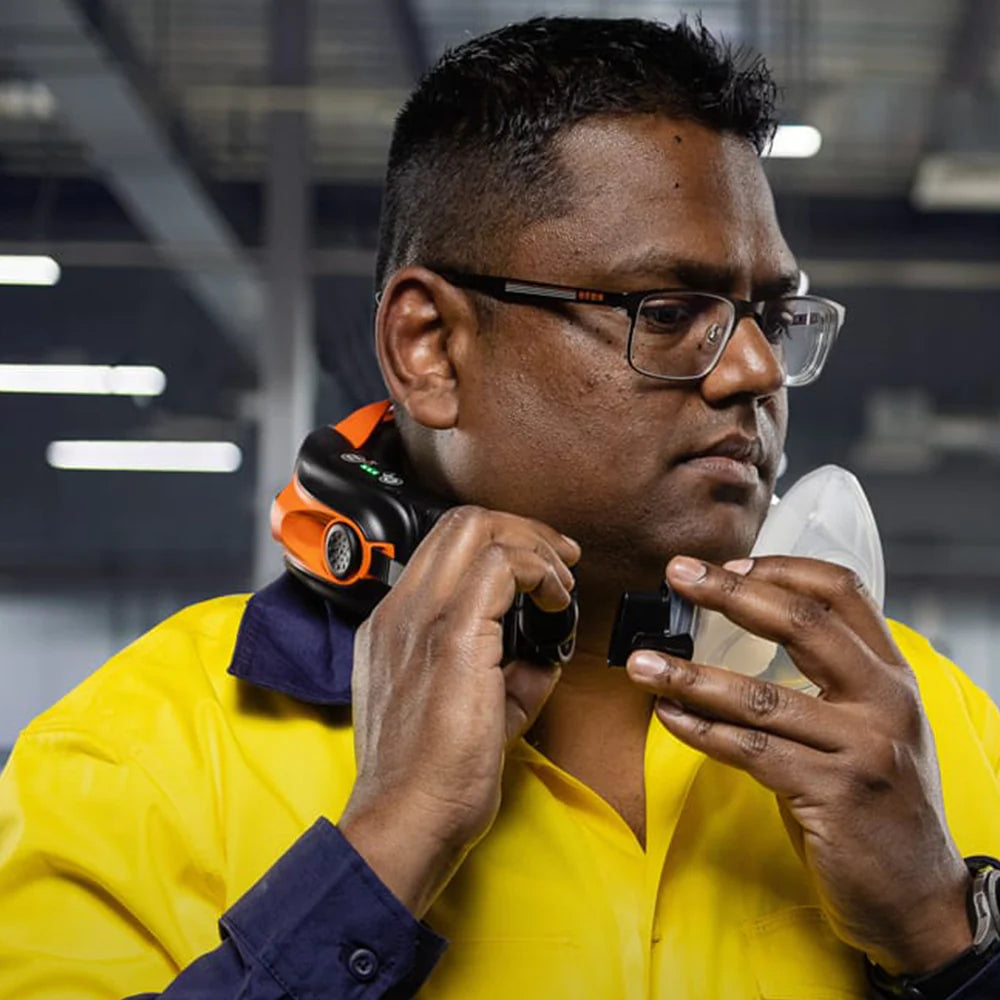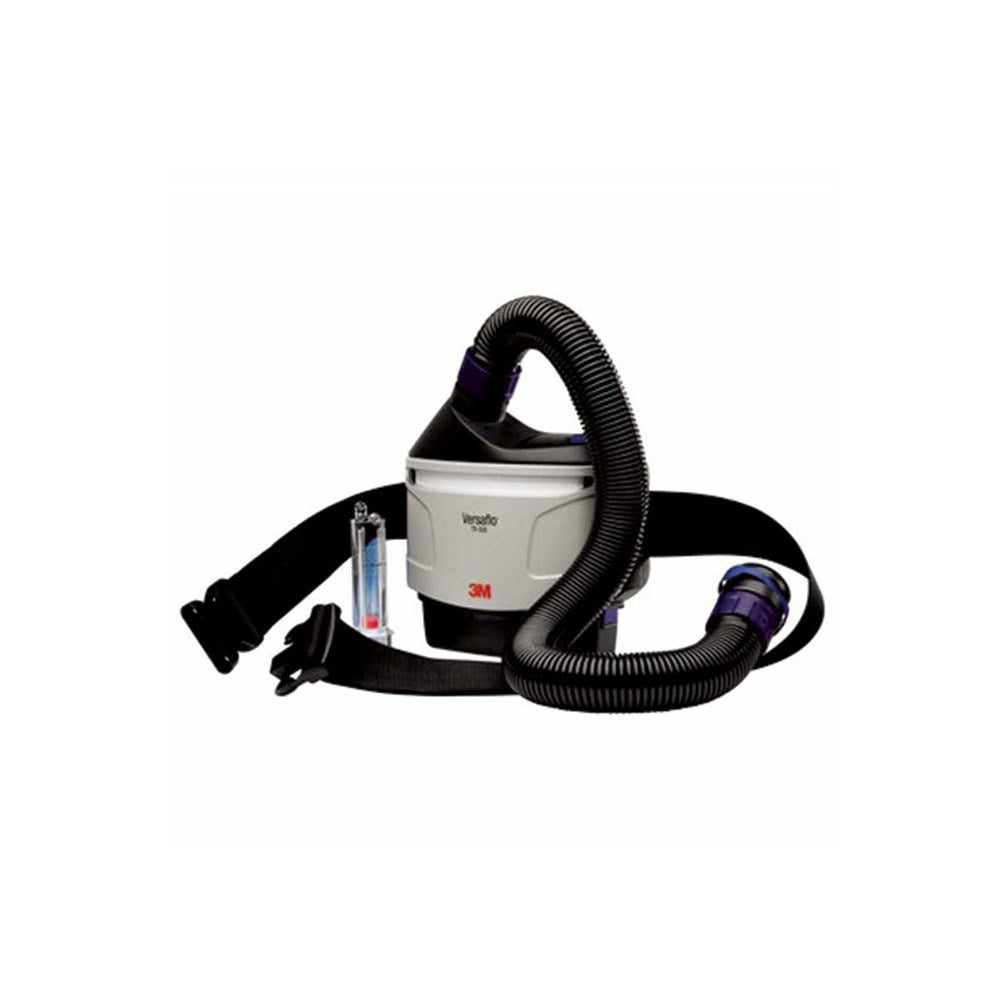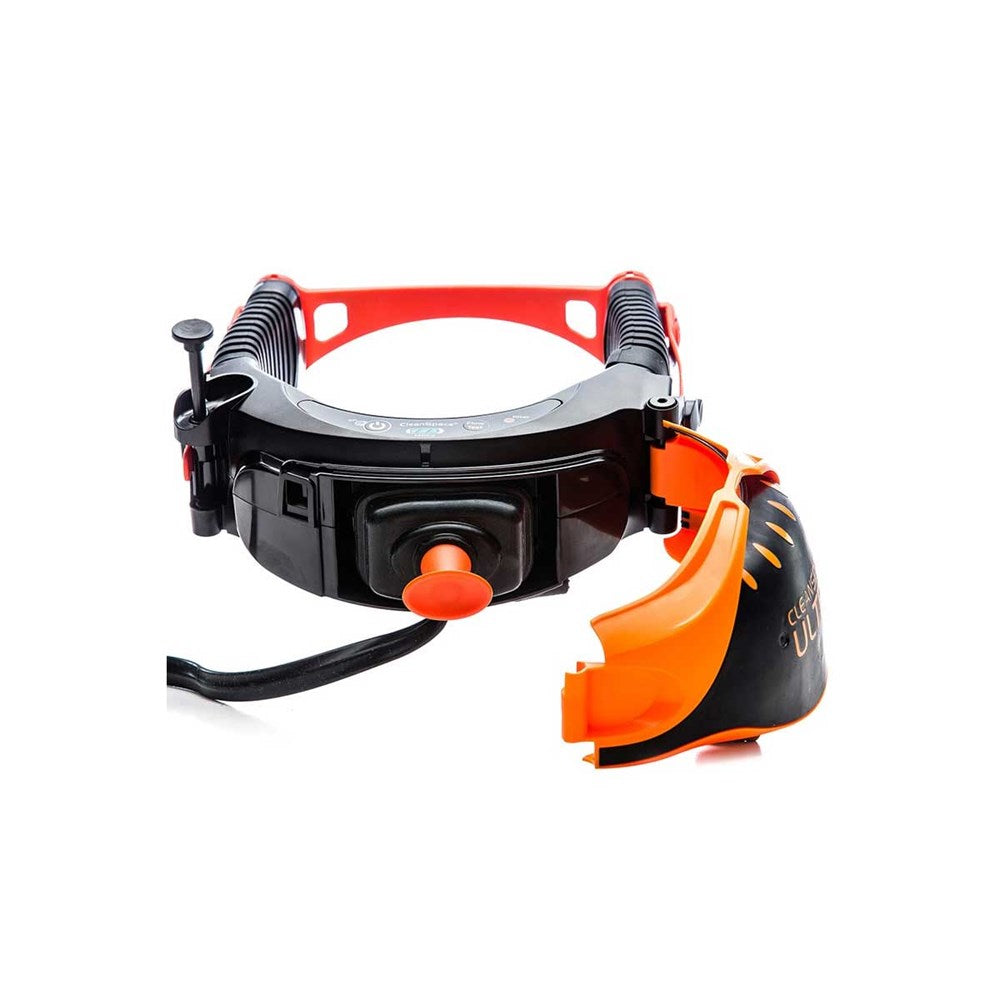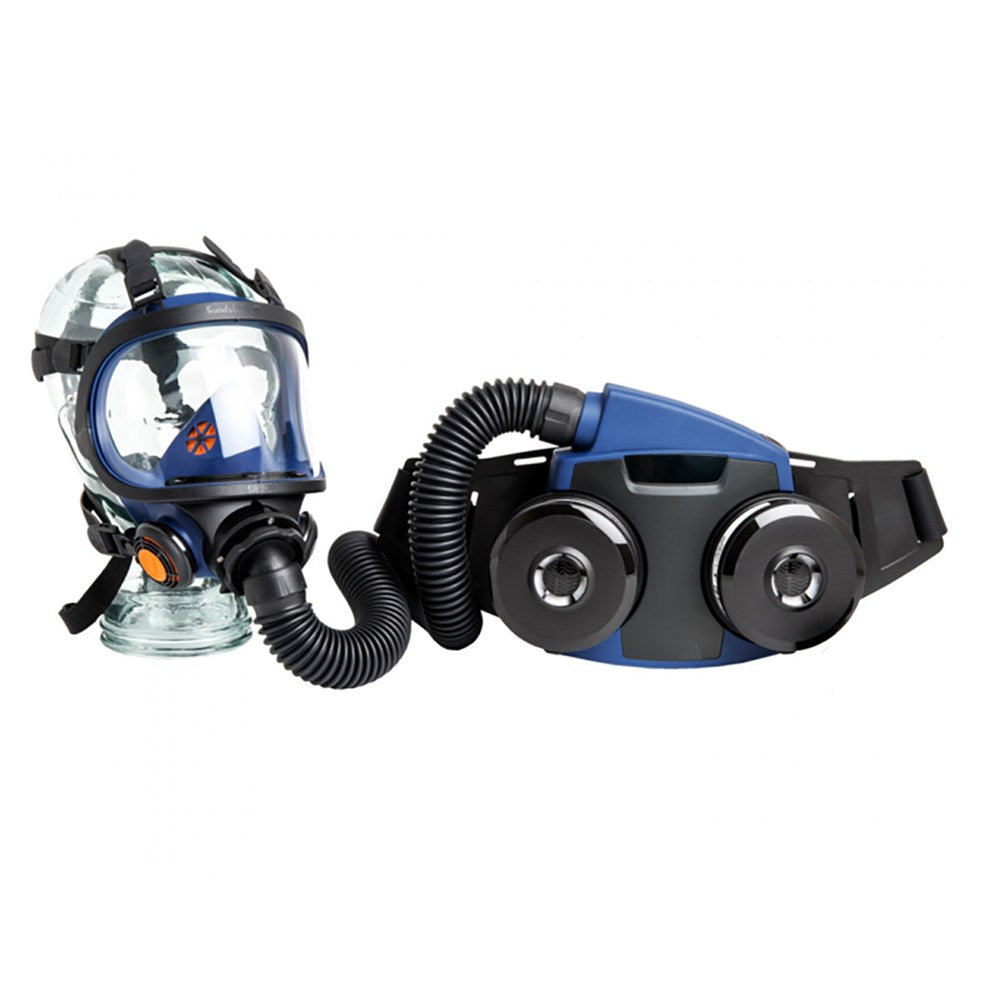In the realm of respiratory protection, positive pressure respirators stand out as a formidable line of defence against hazardous environments. These specialized respirators have proven to be invaluable, particularly in industries where worker safety is of utmost concern. In this blog, we'll explore the many advantages of positive pressure respirators, how they function, and the critical roles they play in various high-risk workplaces.
Understanding Positive Pressure Respirators
Positive pressure respirators, often referred to as PAPR (Powered Air-Purifying Respirators), are engineered to create a controlled, clean air environment within the respirator hood or helmet. Unlike traditional respirators, which rely solely on the user's lung power to draw air through filters, PAPRs use a motorized fan to force air through filters and into the breathing zone. This continuous flow of filtered air provides several key benefits:
1. Enhanced Protection: PAPRs deliver a consistent supply of clean air, creating positive pressure inside the respirator hood. This positive pressure prevents contaminants from entering the respirator, even in situations with inward leakage potential. It offers a higher level of protection compared to negative pressure respirators.
2. Reduced Breathing Resistance: Workers often find PAPRs more comfortable to wear than traditional respirators. The continuous flow of air makes breathing easier, especially during strenuous activities, leading to reduced fatigue.
3. Wide Range of Filter Options: PAPRs can accommodate a variety of filters to address specific workplace hazards, including particulate matter, gases, vapors, and more. This adaptability makes them suitable for diverse industries.
4. Unrestricted Mobility: PAPRs are designed to allow workers to move freely without being tethered to air hoses or confined by the limitations of negative pressure respirators. This mobility is particularly advantageous in environments where agility is crucial.
5. Longer Wear Time: The integrated power source in PAPRs allows for extended wear times compared to traditional respirators with limited filter capacity. This is especially beneficial for workers in environments where breaks are infrequent.
Industries that Rely on PAPRs
Positive pressure respirators find application in a range of high-risk industries where respiratory safety is paramount:
1. Healthcare: PAPRs are essential for protecting healthcare workers against airborne pathogens and infectious diseases. They provide a sealed environment, ensuring no contaminants breach the respiratory system.
2. Pharmaceuticals: In pharmaceutical manufacturing, where exposure to fine particles and potent chemicals is common, PAPRs offer superior protection.
3. Construction: Construction workers often encounter various hazardous substances and airborne particulates. PAPRs are an asset in maintaining their respiratory health.
4. Nuclear and Hazmat: Environments involving nuclear materials and hazardous chemicals demand the highest level of protection. PAPRs are indispensable in these settings.
5. Agriculture: Farmers and agricultural workers benefit from PAPRs when handling pesticides, herbicides, and other potentially harmful substances.




